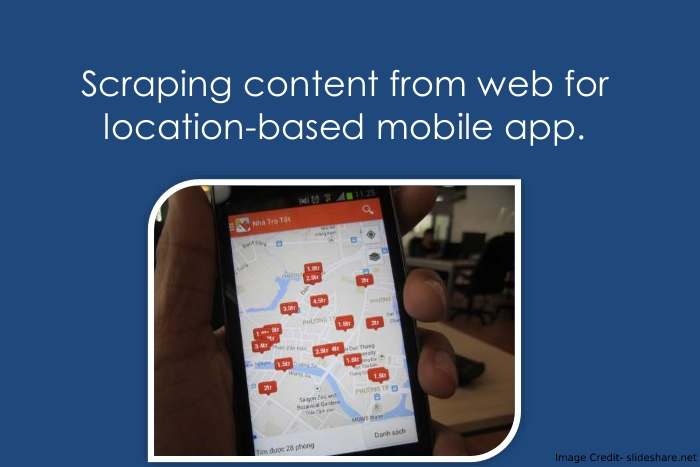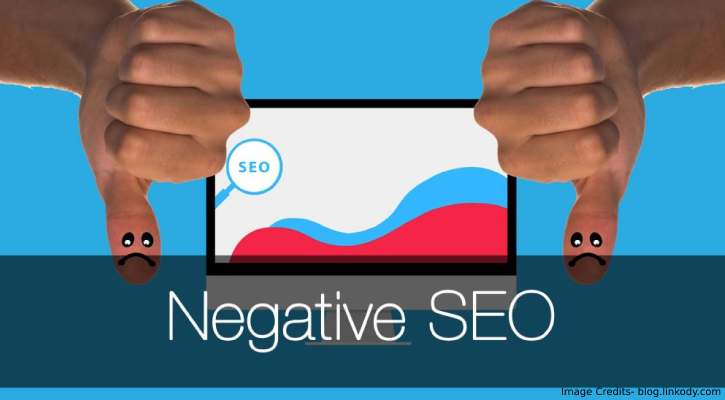“Negative SEO” is a broad umbrella term that describes when someone uses black hat SEO techniques that can harm another site, often targeted against the site of a competitor.
In December 2012, Matt Cutts – who then served as the spokesperson for Google – stated that, while lots of people talk about negative SEO, fewer people try it, and even fewer succeed in their attempts.
He added that, whenever Google is designing algorithms, they test them to make them as resistant to negative SEO as possible. Here’s the video:
And, while that statement is comforting, it doesn’t help if you believe your site has been the victim of a negative SEO attack! So, here is information about three of the techniques used and how you can protect your site.
1) Malicious Backlinking
This technique is the one that many people think of in connection with negative SEO and is one of the most common ones used. In this technique, someone links to the targeted site from sites that can be harmful – often porn-related – and often using malicious anchor text.
Early in 2016, I noticed that a small tourism-related site that I wrote optimized content for was struggling in rankings – and it didn’t make sense. So, I used SEMrush.com[1] to check the site’s backlinks, and I discovered there were more than 700 new backlinks.
That by itself was a warning flag, given the size of the site and the typical number of new backlinks – and then the anchor text used added to the picture. It included these phrases, among others:
- Dating simulator spanking games
- Phone sex chat cheap
- Free Russian dating site
The takeaway: perform link audits of your site regularly. If you see a spike in links or links that just don’t make sense, delve more deeply. If you find some that are malicious, Google created a tool in October 2012 – the disavow tool[2] – to address this situation.
The good news is that you can follow the disavow procedure to let Google know what backlinks you want them to ignore, and benefits can be significant. The challenge is as follows. “This is an advanced feature and should only be used with caution.
If used incorrectly, this feature can potentially harm your site’s performance in Google’s search results.” So, if you know, you need to disavow links but aren’t sure how work with someone who does know how.
2) Scraping Content

When someone scrapes your content, he or she uses the content that you worked hard to create on another site without your knowledge or permission. Often, the content isn’t scraped with the intention to harm the original site, only to unethically benefit the site using the scraped content.
But, ultimately, your site can be harmed. That’s because, when Google sees multiple usages of the same content, it tends to rank one of the pages at the expense of others. In theory, Google will rank the original piece (and they’re fairly good at doing that), but that system is far from foolproof.
To check if anyone is scraping your content, you can use Copyscape.com[3]. In the free version, you enter URLs from your site, one by one, and Copyscape will return examples of where this content is being used on the web.
If no other results are returned, that’s a good sign. You may see other results where small bits of content are used on other sites; often that’s because you’re both quoting the same person or they are phrases commonly used in our language.
You can also use the paid tool (Copyscape Premium) that allows you to either enter a URL or paste in up to the recommended maximum of 2,000 words of text. The paid version usually returns more results than the free one.
Each search costs only five cents, and you can purchase searches in packages as small as 200 of them for $10. Note that your purchase expires after one year, so don’t buy more than you’ll reasonably use in that time frame.
If someone has scraped your content, you can report it to Google[4]. In the past, I have first contacted sites to let them know of the improper use of content I’d written, and I’ve sometimes gotten good results that way.
As a side note, by using Copyscape, you may also find instances where people have quoted you, and you could ask them to also link to your site regarding the quote.
3) On-Site Hacking

With simple code changes to your site’s robots.txt, a hacker could inform Google that you don’t want certain pages of your site – or your entire site, for that matter – crawled by Google. And, if Google doesn’t crawl the pages, then they aren’t indexed by Google.
And, pages that aren’t indexed by Google can’t show up in search results. So, these simple code changes can prevent your site from having the ability to show up in any Google searches whatsoever.
This can also happen if, say, you hired someone to do SEO on your site, and you parted on less-than-amicable terms. That SEO person, if unethical enough, could make these harmful changes while still having access to your site.
If you notice that your rankings are plunging, this is a major red flag, one probably indicating either a Google penalty or a disallow in your site’s robots.txt.
You can also go to Google.com and type site:www.yoursite.com to see what pages of your site are indexed in Google. If pages that were formerly indexed are no longer there, check your robots.txt.
Read More: 10 Basic Steps To Conquer Social Media Marketing Strategy
Is That All?
Unfortunately, these aren’t all the ways that a determined black hat SEO expert can use to harm your site. As soon as people skilled in the dark arts of negative SEO are stymied in one of their methods, they will find another route to take.
But, the protective measures described in this article will help to protect you against some of the more common and harmful actions that can occur.
Feature Image- blog.linkody.com
In-Post Image- slideshare.net & thehackernews.com




